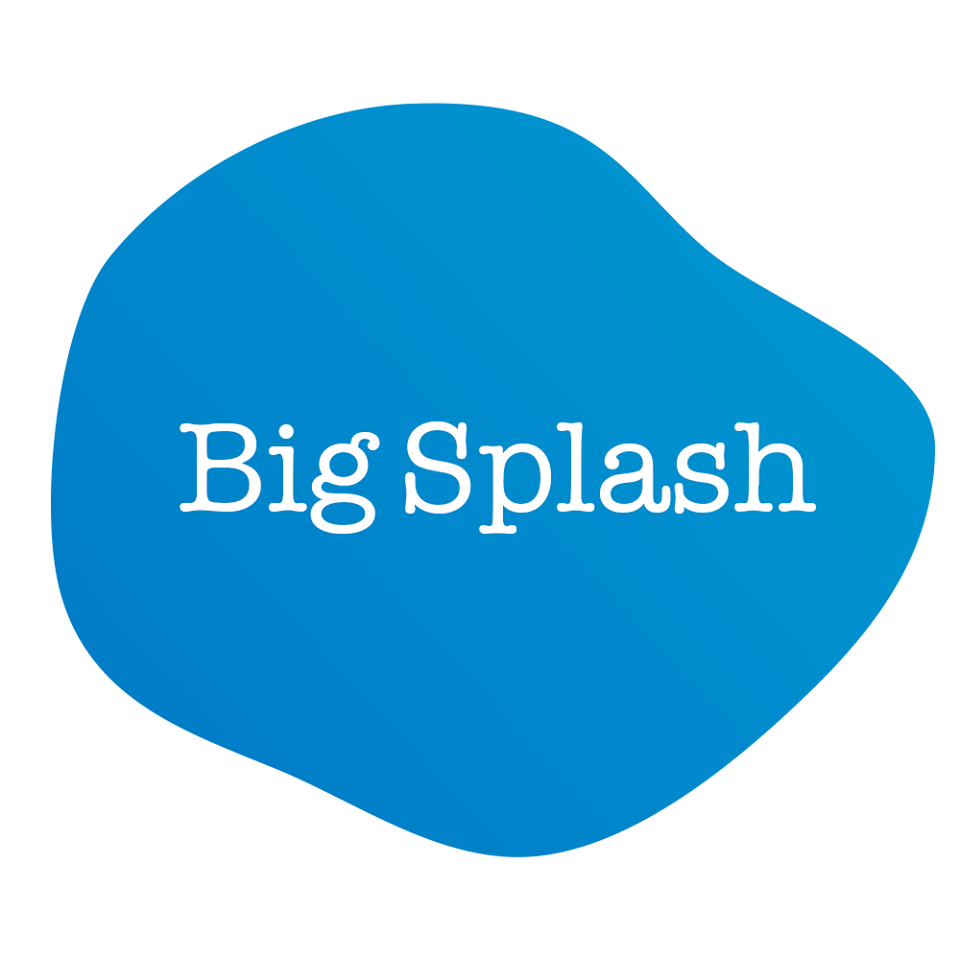Here’s why customers HATE “customer service”
I have a bank in Singapore where I regularly hound executives on their Facebook page to get attention.
I do call customer service first – for a cheque book last month, and to change the batteries in my token machine the month before.
My requests led to no action at all.
But popping a message under the deputy chairman’s Facebook post glad-handing big customers – “So glad they get attention – any chance you could attend to my request?” – invariably led to a phone call and swift action.
Would that it were not so.
But I am truly indebted to The Australian newspaper this morning for explaining why this bank, despite such humiliation in front of 600,000m Facebook followers, doesn’t make its systems better.
Read it and weep…
By SHARON TERLEP
In corporate parlance, it’s called the “breakpoint” . It’s how far customers can be pushed before their heads explode.
From long waits at the airport to rude store clerks to ineffective helplines, shoddy customer service is a universal frustration.
Today, companies crunch data and use artificial intelligence to determine exactly how angry a customer has to be to bolt. Many are walking right up to that line.
Technologies can track how long a customer will wait for a human to answer the phone and how many ads they will tolerate. They can monitor tone in a customer’s voice. Companies know what steps they must take to keep shoppers loyal — and which they can skip. This knowledge has contributed to a decline in how customers are treated, according to analysts and former executives.
A smaller number make the counter case: that companies are using their better read to improve the customer experience.
“There is more data available on just how disgruntled someone can be,” said Megan Burns, chief executive of consulting company Experience Enterprises.
Some companies now equip call centres with software that analyses a caller’s tone of voice and pace of speech to determine how upset the person is. Angrier callers get routed to agents skilled at de-escalating conflict, who are in turn warned in advance.
San Francisco-based cloud communications provider Dialpad transcribes call-centre conversations in real time, sensing when a call is taking a turn for the worse. That can help prompt a manager to listen in, view the transcript and step in if necessary without having to ask customers to repeat themselves.
“Voice is the last offline data set,” said Dan O’Connell , chief strategy officer, who says analysing the tone of calls can help business address customer concerns.
Computing power and processing power have expanded exponentially , said John Birrer, chief of staff at Afiniti, a company that makes call-centre software. “That allows you to make a millisecond decision when a call comes in to decide in a sophisticated way how to handle the call,” he said.
Afiniti crunches data gleaned from consumers’ demographic profiles, credit scores and past interactions with a company to determine which customer-service agent is the best fit. An algorithm then matches the caller to the agent who has had the most success with that type of caller.
“Every agent has their own personality and every customer has their own personality,” said Mr Birrer. “We try to pair people.”
The emergence of companies that sell their products directly to shoppers means more firms have data on exactly when, how and why consumers buy — or don’t buy — their products. Since they don’t use a middleman they can know, for instance, that two delayed shipments won’t cost the company business, but three will.
Online sellers don’t have to worry as much about driving customers away with ads that pop up during the checkout process because they know it takes a certain number until people cancel their purchase, according to an industry consultant who worked at a company that used such a system.
Retailers track consumers’ clicks as they go through the ordering process, allowing them to discern how many ads can appear before shoppers bail.
Just as data can be used to measure customers’ threshold for bad service, it also helps pinpoint which shoppers are most profitable and, therefore, worth the effort and expense to please.
“Companies have gotten good at figuring out what does and doesn’t move the needle and what things will increase sales,” said John Mitchell, managing principal of Applied Marketing Science, a customer-service consulting firm.
“Breakpoint” is an informal term used by some firms and consultants to describe the point at which consumers quit, whether it’s cancelling a subscription service , no longer buying a product or switching to a rival company.
There is plenty to blame for the collective angst over poor customer service. Gutted customerservice operations are a lasting legacy of the financial crisis.
“They just kept cutting and downsizing” during the financial crisis, said Richard Shapiro, founder and president of the Centre for Client Retention in New Jersey . Customer-service departments and employees are generally the first and easiest cut companies make in difficult times.
“If a general manager all of a sudden had a high profit we knew why: they cut their customer service department,” he said. “But a year later they’d have problems.”
Copyright © 2019 The Australian
Share
Related Posts
Comments are closed.









